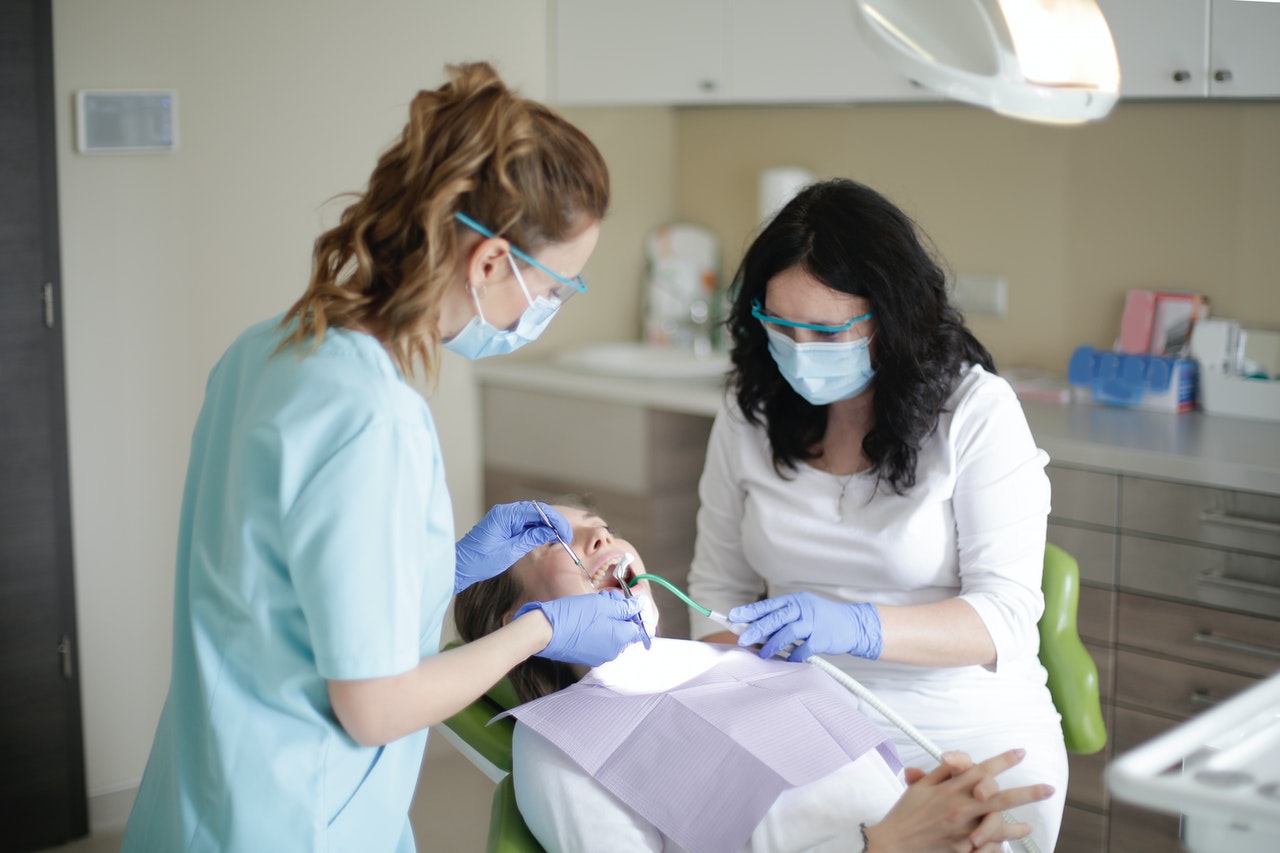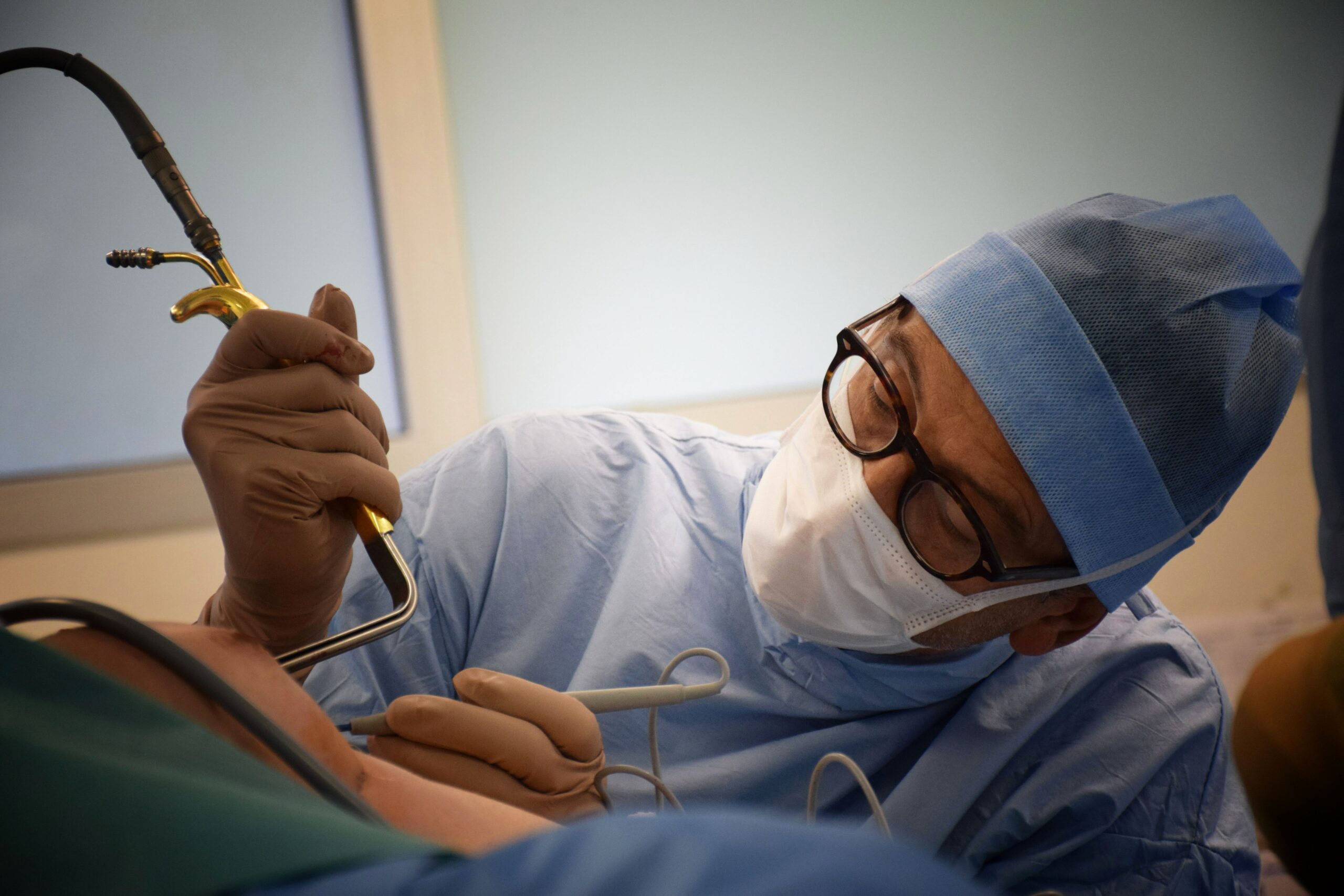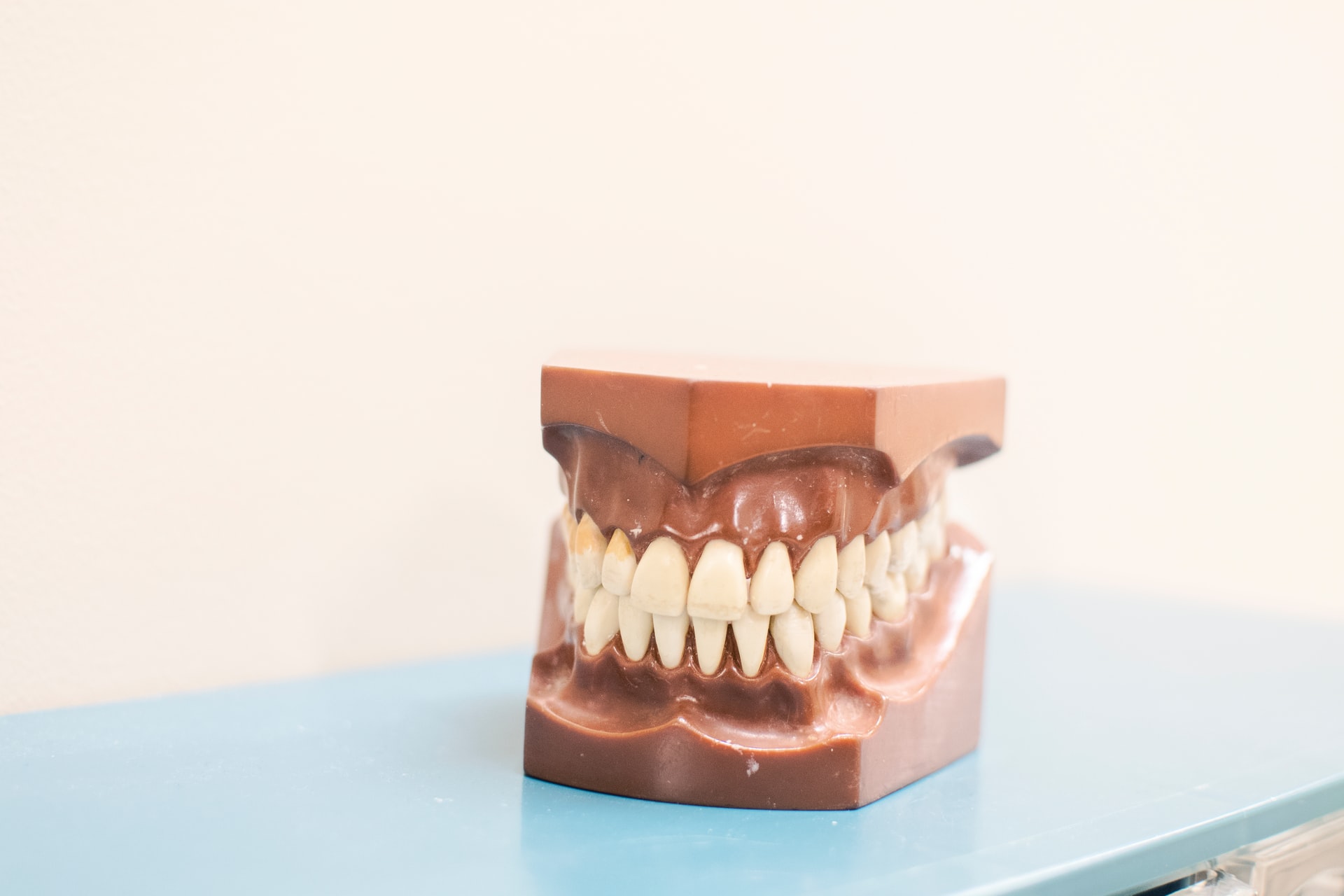There are several cavity fillings, but the most common type is used for small cavities called fillings (decaying teeth). After that, I will take a piece of your tooth from its socket. Finally, a tooth-colored filling material is applied by your dentist to the cavity. Your dentist administers a local anesthetic before the placement of a filling (numbing medication).
Cavity Fillings Have The Following Symptoms:
Small holes, on the other hand, are usually painless. Annual x-rays are required to identify them early in the process of degenerative disease. Without timely filing, a minor cavity will get larger and cause symptoms to appear. However, by the time the patient notices cavity symptoms, it is too late. Can no longer repair the cavity with a cavity filling alone.

Large Cavities Can Cause A Variety Of Symptoms, Including These:
Toothache is a term that refers to both recurring and random tooth discomfort. Cavities leave holes in the teeth, and these holes are usually visible on the tooth’s surface.
Dark Spots:
Over time, the white spots left behind by carious lesions turn brownish or black. X-rays can reveal cavities that aren’t visible to the naked eye. Temperature stimulation, such as cold, hot, or sweet foods, causes acute pain in the tooth.
Dentists commonly use X-rays to look for decay in patients who complain of dental discomfort or sensitivity. Dentists also do cavity checks and cleanings on patients who visit them six months a year for regular checkups and cleanings.
Cavities Are Classified As Follows:
It’s the process that causes tooth decay that’s known as dental caries or carious lesions. Microcavities are the first stages of a tumor. They affect the enamel. Thus a cavity filling isn’t necessary to “stop” them. Larger cavities, on the other hand, will necessitate of cavity filling. Chalky white spots appear on the teeth as a result of the lesions. Cavity formation begins with the appearance of dark brown or black patches on the skin.
First-class:
‘Pit-and-fissure lesions’ refers to cavities that form in the teeth’ pits and fissures, hence the name. It is common for them to form on the biting surfaces of the rear teeth. In addition, they might develop in the ridges of the upper and lower molars.
Second-class Citizens:
The premolars and molars, which are included in class II cavities, develop between them.
A person has a higher social standing. Cavities of Class III form between the teeth on the anterior (front) side. The incisors and canines on the top and bottom of your teeth are called the anterior teeth. The biting edges of your front teeth, on the other hand, are not prone to developing cavities.
The Classes Are The Most Basic:
Both the front and back teeth can develop Class V cavities along the gum line. When plaque accumulates on the gums, it can cause white patches on the teeth. The fifth and final classification is called ‘Special.’ Premolar and molar cusp tips develop Class V cavities. Also, the incisor and canine teeth bite edges (front teeth).
What Is The Cause Of Cavities?
A collection of food particles, germs, acid, carbohydrates, and saliva causes plaque to accumulate over time. Plaque contains a large amount of acid, making it extremely difficult to remove.
It eats away at your tooth enamel, leaving you with discolored or missing teeth. If you don’t get rid of the plaque, it can harden into dental plaque (tartar). If you find cavity fillings early on, you have a better chance of curing them.

Cavities Can Also Be Caused By:
Food Preferences:
Foods and drinks high in sugar, such as fruit juices and candies, are the most common cause of cavities. Pasta, bread, and potato chips are all examples of white starches. Crackers, when consumed regularly, can lead to tooth decay, plaque forms in the mouth as a result of bacteria feeding on simple carbohydrates.
In the event that your dynasty has come undone, our experts can assist you. Please call +1 (301) 756 1139 if you’d like to speak with somebody (toll-free).




























